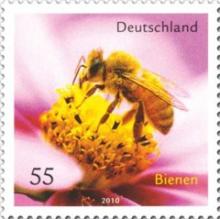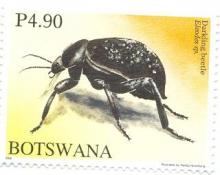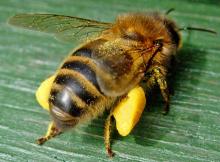Banker entdecken die Not der Honigbiene
- Lees meer over Banker entdecken die Not der Honigbiene
- Login om te reageren
Wenn sich die Analysten einer Bank mit Insekten befassten, dann geschieht das meist im Zusammenhang mit den wirtschaftlichen Prognosen für ein Chemieunternehmen, wenn es zum Beispiel mit einem Pestizid auf den Markt tritt. Nun kommt eine neue Dimension hinzu: Denn die Analysten der niederländischen Rabobank haben in einer Studie weniger die möglichen Erfolge von Agrofirmen im Blick, sie warnen vor massiven Verlusten für die Landwirtschaft, wenn sie sich über „die Not der Honig-Biene“ Gedanken machen (Bericht in der Beilage).







